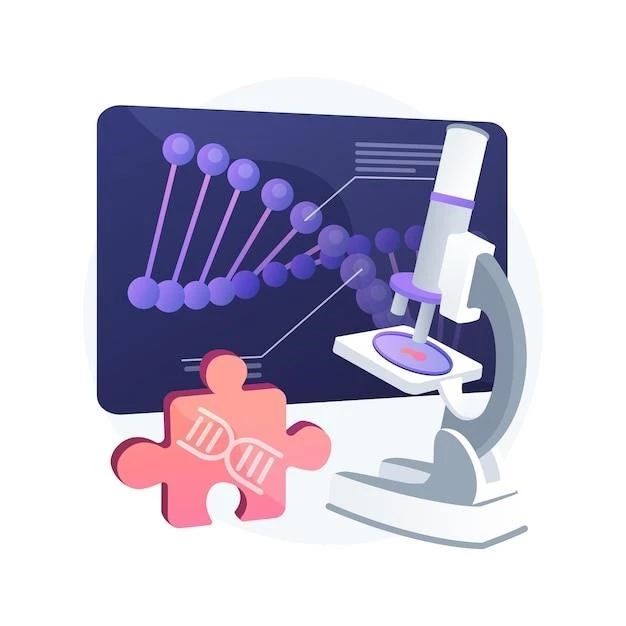Introduction
Patella aplasia, coxa vara, and tarsal synostosis are congenital conditions that present challenges in skeletal development. These rare disorders involve abnormalities in the kneecap, hip curvature, and fusion of foot bones.
Patella aplasia, coxa vara, and tarsal synostosis are rare genetic conditions characterized by the failure of the kneecap to develop fully, inward curvature of the hip, and fusion of the foot bones, respectively. These conditions present unique challenges in skeletal development and are associated with various bone anomalies and syndromes, such as Ischiopatellar dysplasia and Small patella syndrome. Familial observations suggest a genetic predisposition to these skeletal defects, and clinical manifestations can vary widely among individuals. Diagnosis requires a thorough evaluation of signs and symptoms, with genetic testing playing a crucial role in confirming specific syndromes. Understanding the associations and genetics of these conditions is vital for providing accurate diagnoses and appropriate medical management.
Overview of Patella Aplasia, Coxa Vara, and Tarsal Synostosis
Patella aplasia, coxa vara, and tarsal synostosis are rare genetic conditions characterized by skeletal abnormalities affecting the kneecap, hip curvature, and fusion of foot bones. These conditions present unique challenges in bone development and may be associated with other syndromes.
Ischiopatellar Dysplasia, also known as Small Patella Syndrome, is a rare autosomal dominant disorder characterized by hypoplasia of the patellae and other skeletal anomalies, especially in the pelvis and feet. It is associated with various bone abnormalities, including coxa vara and tarsal synostosis. The syndrome may present with incomplete dominant inheritance, suggesting a new mutation. Understanding the genetic basis and inheritance patterns of this disorder is crucial for accurate diagnosis and management.
Small Patella Syndrome
Small Patella Syndrome, also known as Ischiopatellar Dysplasia, is characterized by hypoplasia of the patellae and skeletal anomalies in the pelvis and feet. It is an autosomal dominant disorder associated with rare congenital bone abnormalities.
Rare Autosomal Dominant Disorder
Ischiopatellar Dysplasia, known as Small Patella Syndrome, is an autosomal dominant disorder characterized by patellar hypoplasia and skeletal anomalies in the pelvis and feet. It is associated with unique bone abnormalities like coxa vara and tarsal synostosis. The condition may exhibit incomplete dominant inheritance, potentially due to a new genetic mutation. Understanding the genetic underpinnings and inheritance patterns of this syndrome is imperative for accurate diagnosis and proper medical intervention.
Familial Observations
Familial observations suggest a genetic predisposition to skeletal defects such as patella aplasia, coxa vara, and tarsal synostosis. These conditions may be inherited as an incomplete dominant trait with potential new mutations.
Inheritance and Skeletal Defects
Familial observations suggest a genetic predisposition to skeletal defects such as patella aplasia, coxa vara, and tarsal synostosis. These conditions may be inherited as an incomplete dominant trait with potential for new mutations, impacting bone development and structure.
Clinical Syndromes Associated with Patella Aplasia
A range of clinical syndromes may be associated with aplasia of the patella across different age groups, presenting diverse manifestations. Some of these syndromes involve congenital hip dysplasia, coxa vara, and tarsal synostosis, among other skeletal anomalies.
Literature Review
A review of existing literature presents the unique syndrome involving congenital coxa vara, patella aplasia, and tarsal synostosis, highlighting specific cases with familial inheritance patterns and diverse skeletal anomalies associated with this rare genetic condition.

Ischiocoxopodopatellar Syndrome
Ischiopatellar dysplasia, also known as Small Patella Syndrome, is an autosomal dominant disorder characterized by patellar hypoplasia and skeletal anomalies in the pelvis and feet. It presents a unique set of skeletal defects with potential genetic associations.
Characteristics and Genetic Associations
Ischiopatellar dysplasia, also known as the Small Patella Syndrome, is an autosomal dominant disorder characterized by patellar hypoplasia and skeletal anomalies in the pelvis and feet. This condition exhibits a unique set of bone abnormalities, including coxa vara and tarsal synostosis, and may involve a new mutation leading to incomplete dominant inheritance. Recognizing the genetic associations and inheritance patterns is essential for accurate diagnosis and appropriate management of this syndrome.
Association with Other Defects
The association of patella aplasia, coxa vara, and tarsal synostosis may imply a unique inherited syndrome with multiple skeletal defects, potentially involving incomplete dominant inheritance with new mutations.
Observations and Allelism
Familial observations suggest a likely new inherited syndrome involving congenital hip dysplasia with coxa vara, patella aplasia, and tarsal synostosis. This association may be inherited as an incomplete dominant trait, possibly arising from a new genetic mutation. The presence of multiple skeletal defects in this syndrome points towards a potential single pleiotropic gene responsible for the clinical manifestations.
Diagnosis
Diagnosis of patella aplasia, coxa vara, and tarsal synostosis involves a thorough evaluation of skeletal anomalies and potential genetic associations. Clinical signs and symptoms variability may require genetic testing for accurate diagnosis.
Signs and Symptoms Variability
The signs and symptoms of patella aplasia, coxa vara, and tarsal synostosis may vary among individuals, requiring a comprehensive evaluation for accurate diagnosis. Genetic testing may be necessary to confirm the presence of these congenital bone anomalies.
Meier-Gorlin Syndrome
Meier-Gorlin Syndrome, also known as ear, patella, short stature syndrome, is a rare autosomal recessive disorder characterized by specific physical traits, including microtia and aplasia/hypoplasia of certain body parts.
Autosomal Recessive Disorder
Meier-Gorlin Syndrome, known as the ear, patella, short stature syndrome, is a rare autosomal recessive disorder characterized by specific physical features like microtia and aplasia/hypoplasia of certain body parts.

Ischiocoxopodopatellar Syndrome Genetics
The Ischiopatellar Dysplasia, also known as Small Patella Syndrome, is linked to the autosomal dominant inheritance pattern, impacting the development of the patellae, pelvis, and feet.
Pathogenic Variant and Inheritance
Ischiocoxopodopatellar Syndrome, known as Small Patella Syndrome, is associated with autosomal dominant inheritance, impacting the development of the patellas and various anomalies in the pelvis and feet. Examination and genetic testing can aid in confirming the diagnosis and understanding the inheritance pattern of this syndrome.
Clinical Resource and Information
Clinical resource with information about Patella aplasia, coxa vara, tarsal synostosis and its clinical features, available genetic tests from various labs, and links to practice guidelines and authoritative resources.
Available Genetic Tests and Practice Guidelines
Genetic testing for Ischiopatellar Dysplasia, also known as Small Patella Syndrome, can aid in confirming the diagnosis and understanding the inheritance pattern. Practice guidelines recommend thorough evaluation and genetic testing to assess the presence of this rare genetic condition.
